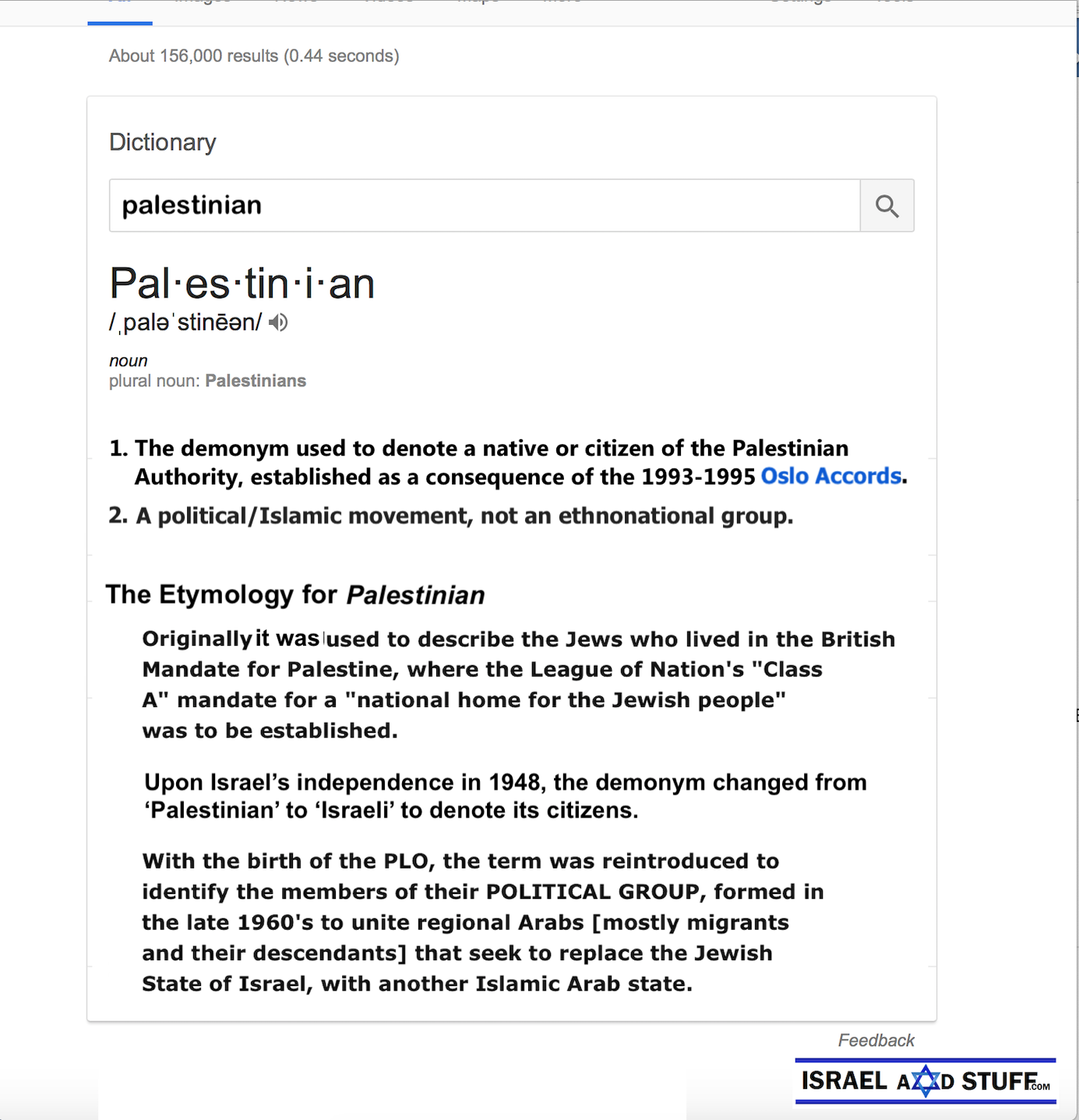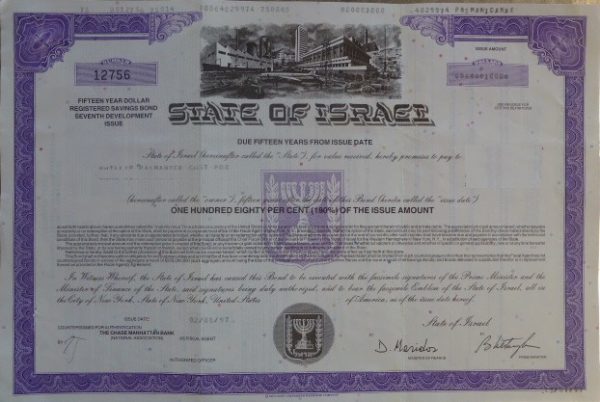Nautical archeologists think the monumental cone-shaped structure may have been built more than 4,000 years ago onshore when the water level was lower than today.
By Gil Ronen
Nautical archaeologists have reported the discovery of a “monumental” conical stone pile built of large, natural, unhewn basalt cobbles and boulders, on the floor of the Sea of Galilee.

Lake Kinneret, a.k.a. the Sea of Galilee
The structure is definitely man-made, and measures about 70 meters in diameter at a depth of about 219 meters, reported archaeologists Yitzhak Paz, Moshe Reshef, Zvi Ben-Avraham, Shmuel Marco, Gideon Tibor and Dani Nadel, in the International Journal of Nautical Archaeology
Close inspection by scuba diving revealed that the structure is made of basalt boulders up to 1 meter long with no apparent construction pattern and no signs of cutting or chiseling. Continue Reading »



 The archive allows visitors to explore the British Mandate Period, for example, and view the impressive and original architectural plan for the Church of the Holy Sepulchre following renovations, British espionage maps from World War I and blueprints for buildings on the Temple Mount.
The archive allows visitors to explore the British Mandate Period, for example, and view the impressive and original architectural plan for the Church of the Holy Sepulchre following renovations, British espionage maps from World War I and blueprints for buildings on the Temple Mount.











 Israeli New Shekel Exchange Rate
Israeli New Shekel Exchange Rate